Text and Photos by Henrylito D. Tacio
Additional Photo by Paolo Lim
Featured Photo by JD Landero
Of the top 10 Philippine Gems, only Lake Sebu from Mindanao made it to the list. It was ranked No. 2 after the Calaguas Islands of Camarines Norte. Tubbataha Reefs Natural Park in Palawan was on the third spot. Rounding the top 5 were Caramoan Islands in Camarines Sur and Biri Island Rock Formation, located in the area where San Bernardino Straits meets the Pacific Ocean.
The other places which made it to the list were Mount Kanlaon in Negros Island; Danjugan Island, Negros Occidental; Panglao Island in Bohol; Apo Island in Negros Oriental; and Batanes.
The “Philippine Gems,” a project of PwC, are locations off the beaten track that exhibit tourism potential.
“Believing that the Philippines has a lot more to offer, our firm announced the ten up and coming tourist destinations,” explains the PwC on its website, pwc.com. “The Philippine Gems is part of the firm’s 91st anniversary celebration and corporate social responsibility project.”
Of Lake Sebu, PwC hailed: “Lake Sebu is one of the Philippines’ most important watersheds and a major provider of irrigation to the provinces of Sultan Kudarat and South Cotabato. It is located in the ancestral domain of T’boli and Ubo tribes.”
The Department of Tourism promotes the municipality as one of the prime eco-tourism destinations in Mindanao as it is the summer capital of the southern Philippines. It is named after the biggest (354 hectares) of the three lakes of the area. The other two lakes are named Seloton (48 hectares) and Lahit (24 hectares).
It is not clear how water is fed into the lakes, but the overflow cascades down a flight of seven waterfalls, with the second waterfall as the most spectacular. However, all the waterfalls get to remind you how powerful and magnificent nature is.

Waterfall at Lake Sebu 
Lake Sebu
However, 14 other places were included in more Philippine gems. At least four more places in Mindanao were on the list: Bucas Grande Island in Surigao del Norte; Cagayan de Oro City, Misamis Oriental; Camiguin; and Siargao in Surigao del Norte.
Bucas Grande: “In the town of Socorro in Surigao del Norte lies the Bucas Grande or the Sohoton Cove National Park. This island is packed with numerous caves and white sand beaches, waterfalls, mangroves, iron woods, inland lakes, fishing grounds, and corals. The famed Blue Lagoon is a labyrinthine place made of limestone islets,” PwC states.
Bucas Grande means “big opening,” which refers to the entrance in going inside the park.
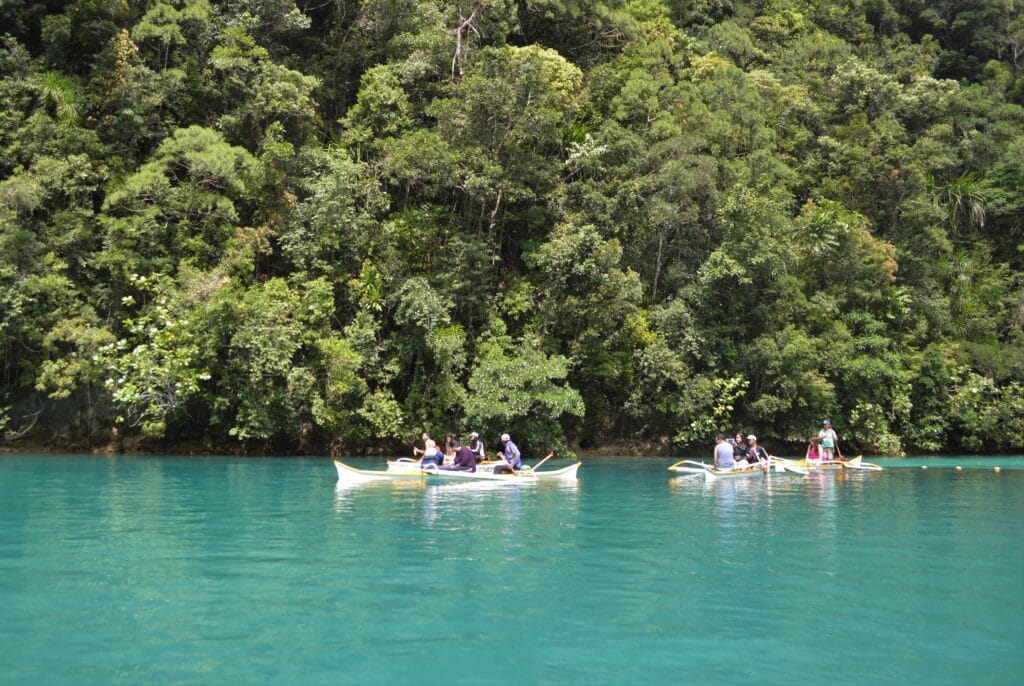
Cagayan de Oro City: Famous not only for its white rapids but also for its people. “Cagayan de Oro may very well be the happiest place in the country,” PwC says. “The ‘City of Golden Friendship,’ as sometimes it is called, is home to especially friendly and warm Filipinos. Their ready smiles are a fitting welcome, with Cagayan de Oro’s accessible location, which make it the ‘Gateway to Northern Mindanao.’”
The city is also known for its Macahambus Adventure Park, an underground cave with a 150-foot circular gorge. It is not far from the historical Macahambus Cave, the last stronghold of Filipino soldiers during their battle against the Americans in 1900. At the edge of Cagayan de Oro Port is the MacArthur Memorial Marker. Another must-go place: Mapawa Nature Park, the home of the first zipline in the country, about 12 kilometers away from the city.
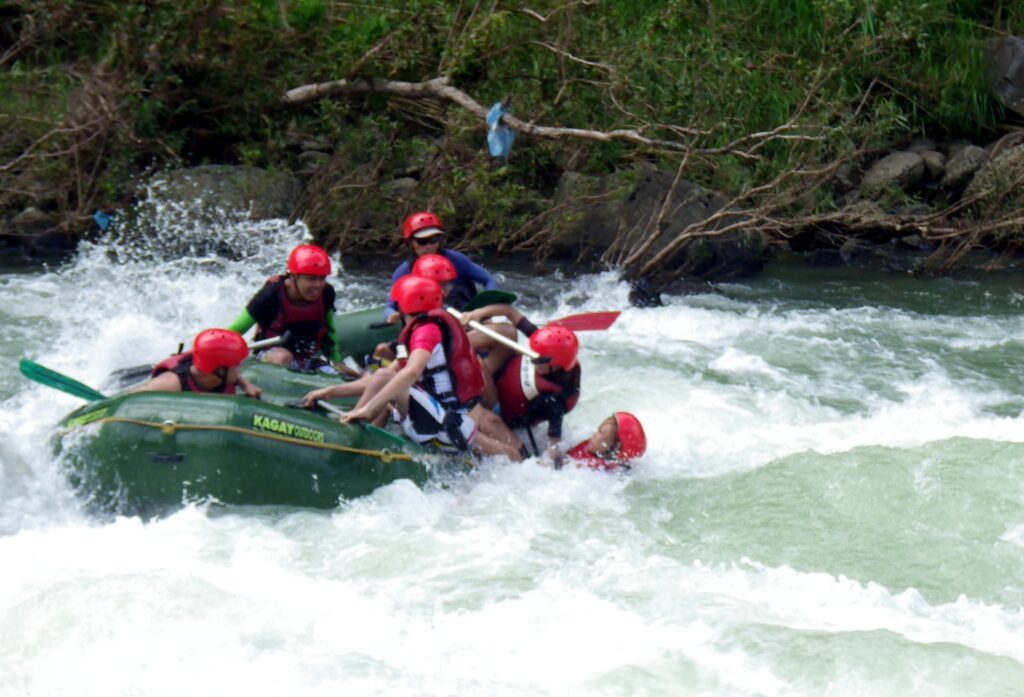
Camiguin: It is an island, and it a province in itself. “Camiguin is the country’s second-smallest provinces,” PwC says. “In spite of this, the island packs quite a punch. It has three mountains, three hot springs, two waterfalls, and one active volcano.”
One of the province’s tourist attractions is the sunken cemetery. In 1982, a huge cross was installed to mark the spot where the old cemetery sank when Mount Vulcan Daan erupted in 1871. To honor the sunken graves, a fluvial procession is held every year; islanders bring flowers and candles as an offering to the dead.
Another must-see is the Katibawasan Falls, some five kilometers southeast of Mambajao at the foot of Mount Timpoong. Enclosed by a massive, fern-swathed, granite mountain wall, the waterfall is a sight to behold: a seemingly singular stream of water drops 50 meters from a bulging source without touching the granite wall.
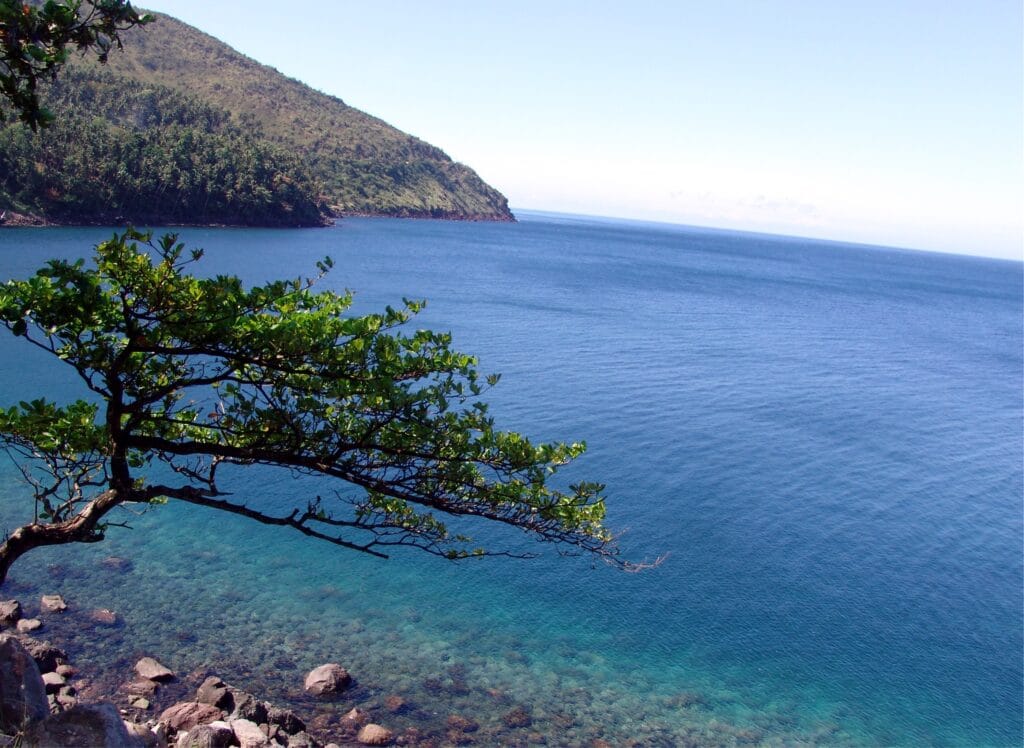
Siargao: “Known as the ‘Surfing Capital of the Philippines,’ Siargao is mainly responsible for introducing surfing to the country,” PwC says.
One of the best-known surfing waves, with a worldwide reputation for thick, hollow tubes, is “Cloud 9.” This right-breaking reef wave is the annual Siargao Cup site, a domestic and international surfing competition sponsored by the provincial government.
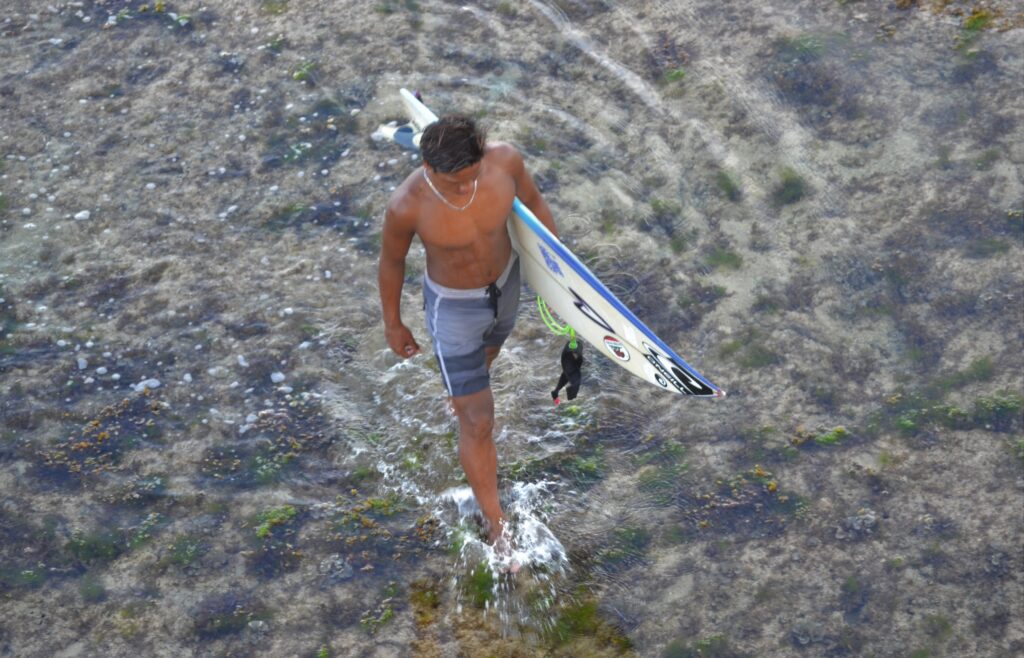
Surfing in Siargao 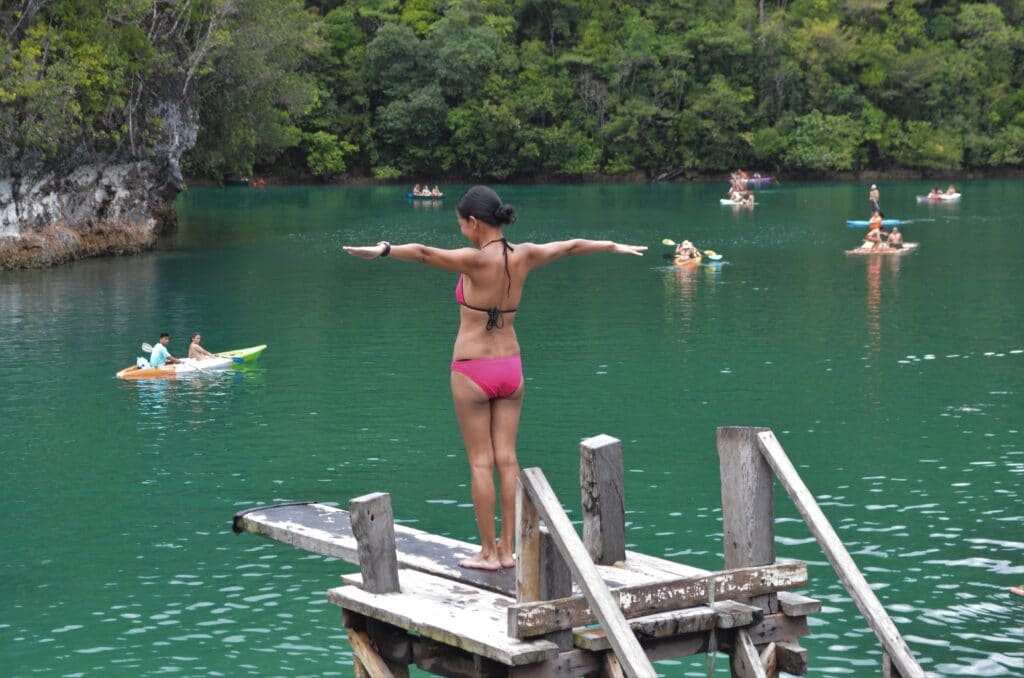
Sugba Lagoon in Siargao
According to some reports, the wave was discovered by traveling surfers in the late 1980s. It was named after a chocolate bar of the same name and made famous by American photographer John S. Callahan, who published the first major feature on Siargao Island in “Surfer,” a United States-based magazine.

